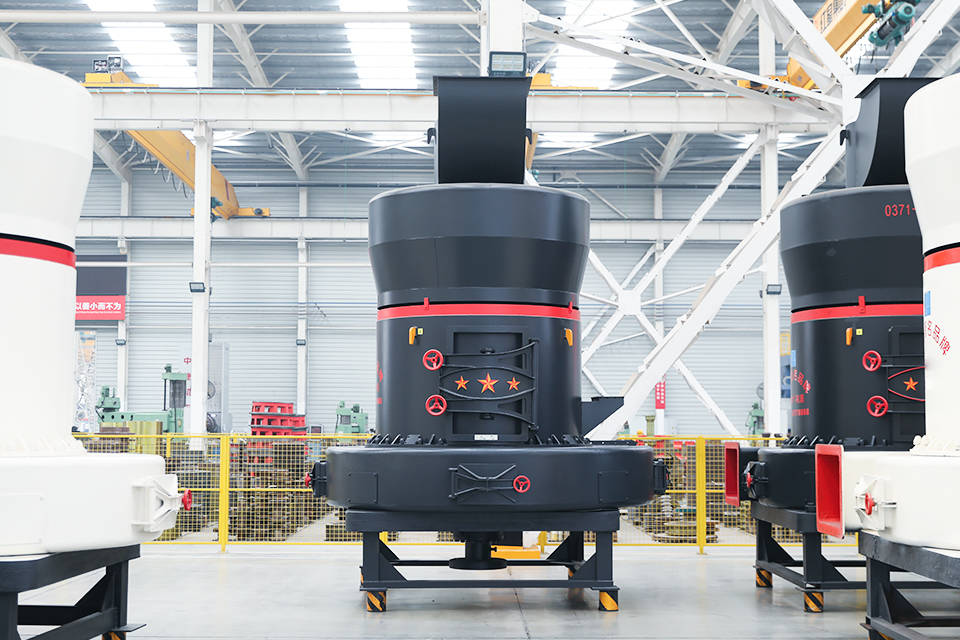Office Add: Zhengzhou City, Henan, China
E-mail: quotation@sinoftm.com




Fill out the form below to leave a message, and get our latest special offer instantly
Raymond mill is widely used for grinding 280+ kinds of non-flammable and non-explosive materials whose Moh's hardness is less than 9.3 level and humidity less than 6% in mining, chemical, building materials industries.
Processing Materials:
Coal, barite, calcite, potassium feldspar, talc, marble, limestone, dolomite, fluorite, etc.

Raymond mill is widely used for grinding 280+ kinds of non-flammable and non-explosive materials whose Moh's hardness is less than 9.3 level and humidity less than 6% in mining, chemical, building materials industries.

"The commonly seen materials need to processed include limestone, gypsum, barite, quartz, calcite, marble, dolomite, bentonite, kaolin, iron ore, gold ore, etc.
Raymond mill, also known as Raymond roller mill has win the favor of the customers that need fine powder grinding in many industries due to its competitive price and high efficiency. We have 3 roller Raymond mill, 4 roller Raymond mill and 5 roller Raymond mill for choice."

Raymond mills are increasingly favored in the grinding industry due to their high efficiency, low energy consumption, and environmentally friendly production.

What are the advantages of FTM Machinery's Raymond mills?
1. Equipped with appropriative dust collector, making dust removal efficiency increased to 99.99%, which can ensure the safety of the equipment and personnel.
2. Dry production technology and zero sewage disposal can save resources and protect the environment.
3. Optimized equipment grinding principle removes complicated processes, which makes it more efficient and more environmentally friendly.
The powder production process of Raymond mill is feeding-crushing-grinding-selecting-collecting

"The main motor drives the grinding disc to rotate through the reducer, and the fixed grinding roller rotates along the raceway of the grinding disc. The material falls from the feeding port to the center of the grinding disc. Under the action of centrifugal force, the material moves from the center of the grinding disc to the edge at a constant speed. When passing through the grinding raceway, it is crushed by the grinding roller. The grinding force is provided by the hydraulic loading system. The material is directly crushed, and the fine-grained material is squeezed to form a material bed for intergranular crushing.
Drying and grinding are carried out at the same time. The primary hot air enters the surrounding of the grinding disc evenly through the air ring, and the pulverized materials thrown out tangentially from the grinding disc after grinding are dried and transported to the upper powder separator. Under the action of the rotor blades, Coarse particles return to the grinding table for grinding (internal circulation), and the qualified fine powder is milled together with the airflow, and is collected by the system powder collector, which is the finished product."
| Model | Feeding size (mm) |
Processing capacity (t/h) |
| HGM88 | <20 | 0.4-5 |
| HGM95 | <25 | 0.6-7 |
| HGM 100 | <25 | 0.8-10 |
| HGM120 | <25 | 1.2-15 |
| HGM130 | <25 | 1.6-21 |
| HGM138 | <25 | 2-25 |
| HGM160 | <30 | 2.7-28 |
| HGM175 | <35 | 3-35 |
| HGM190 | <40 | 5-40 |